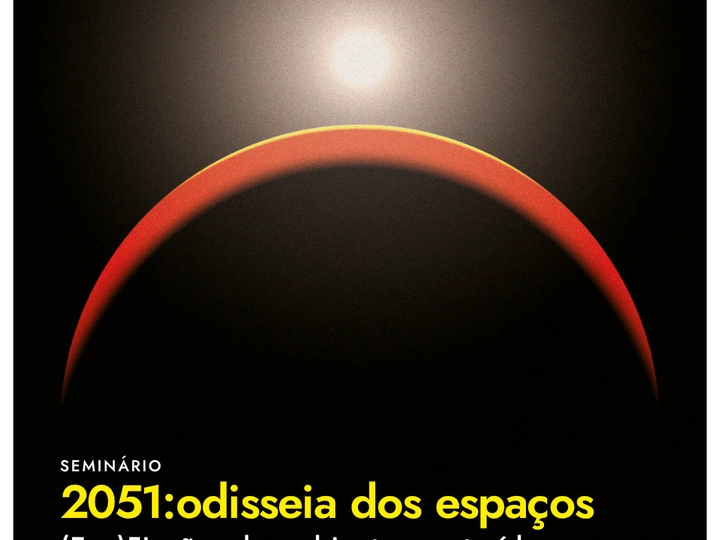2051 Space Odyssey: built environment ecofictions

Diogo Ferreira
André Raimundo
Rita Serra e Silva
Deriving from the international group Built Environment Declares, AD Portugal is a platform for architectural practices and individuals committed to addressing the climate and biodiversity emergency.
Founded by the offices a-m-a, Colectivo Warehouse, Oitoo, Pedrêz, Pedro Bandeira, Ponto. The steering group of AD Portugal is comprised by a-m-a and Diogo Ferreira.
a-m-a's work has been displayed in the first Tbilisi Architecture Biennial and the São Paulo Architecture Biennial 2019.
Considering the european goals for complete decarbonization until 2050, what are the spatial effects that we can expect beyond this horizon? For which built environment do we wake to in 2050+1?
With these boasted goals in mind the project 2051 Space Odissey seeks to reflect in four sessions, prospectively and regarding the construction sector, on the relationships between the built environment and the multiple dimensions of sustainability in Portugal, more precisely in its northern region.
A more sustainable existence implies a more intricate society, where different sectors and disciplines converge in common thinking. Therefore, gathered around this journey are diverse agents invited to a multidimensional discussion with the aim of contributing, locally, towards a restructuring of the environments inhabited. Taking architecture as the fabric of the debate, the event seeks new joint perspectives, proposing new functioning schemes for a forthcoming reality.
Guiding us through the possible courses of development for the next 28 years are each of the selected contributors, and together a (sustainable or not) future is fictionalized.
The commitment of the project is local, as a specific place and context is presented as space of conjecture, focusing the discussion on predicaments inherent, but not necessarily exclusive, to that geographical area.
Ultimately, it is an exercise of proximity. A big voyage without leaving the place where we stand.
Divided into 4 sessions, each one is devoted to a different geographical context (some of which neglected within the national debate) and the singular relationship each one presents to a specific pillar of sustainability (social, economic and environmental). The last part of the journey results in a written testimony that, more than a manual, is a critical, emotional and inclusive engagement. The end is unforeseen.